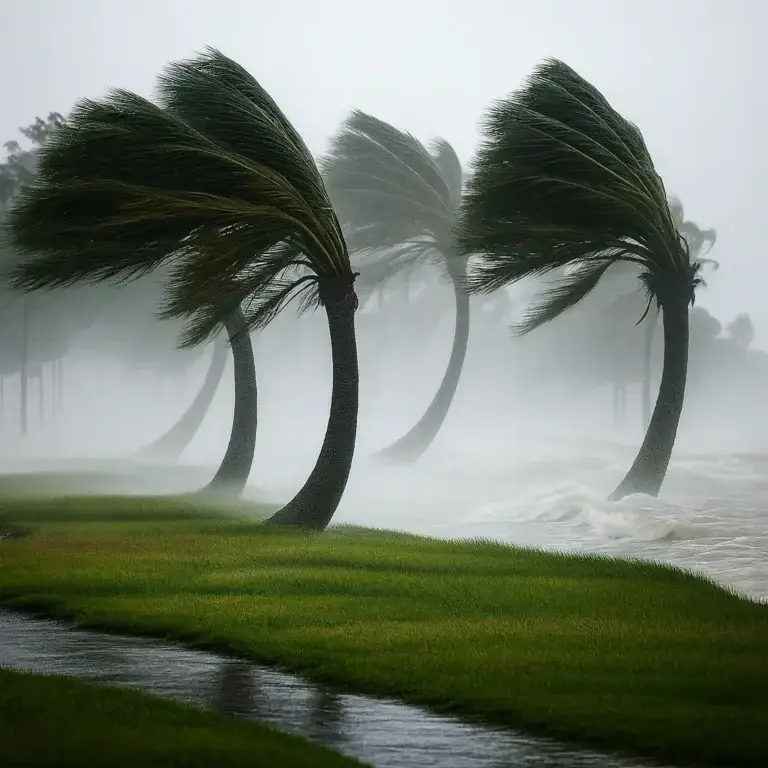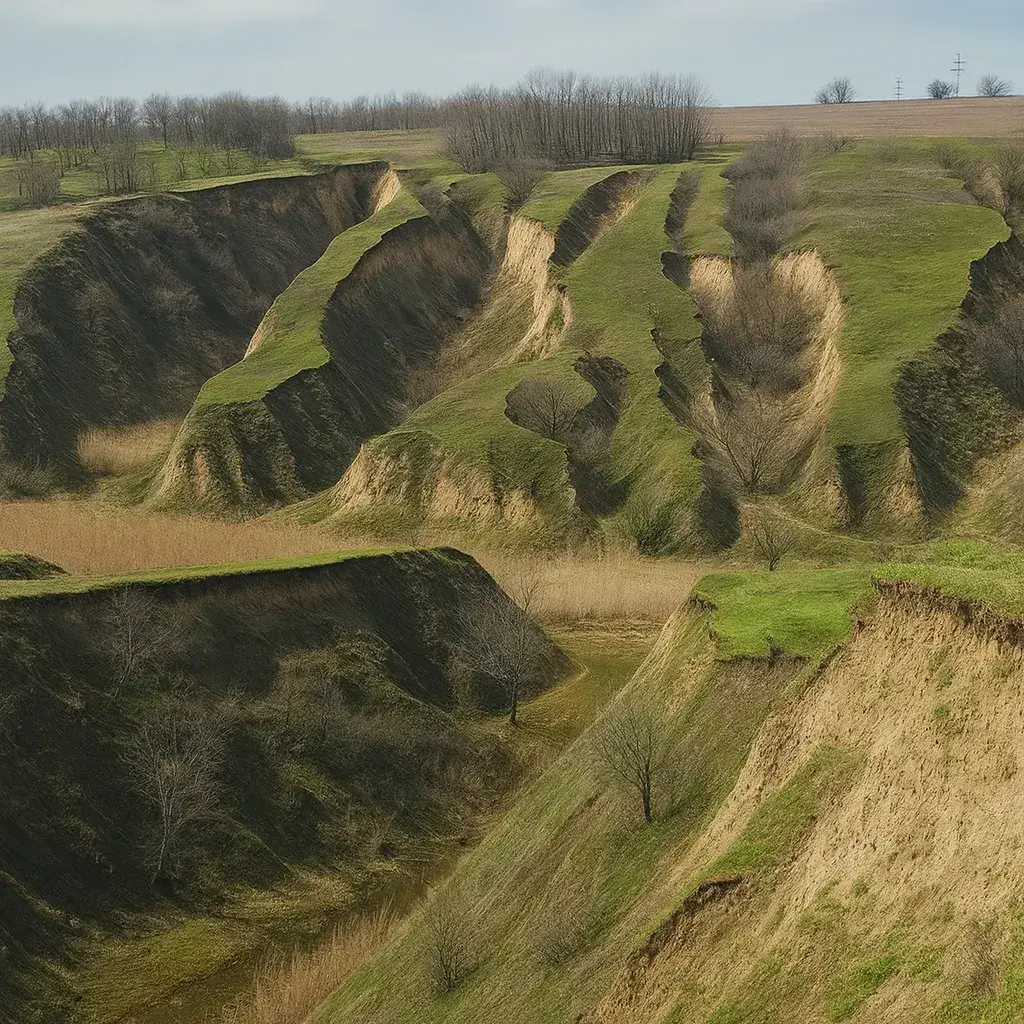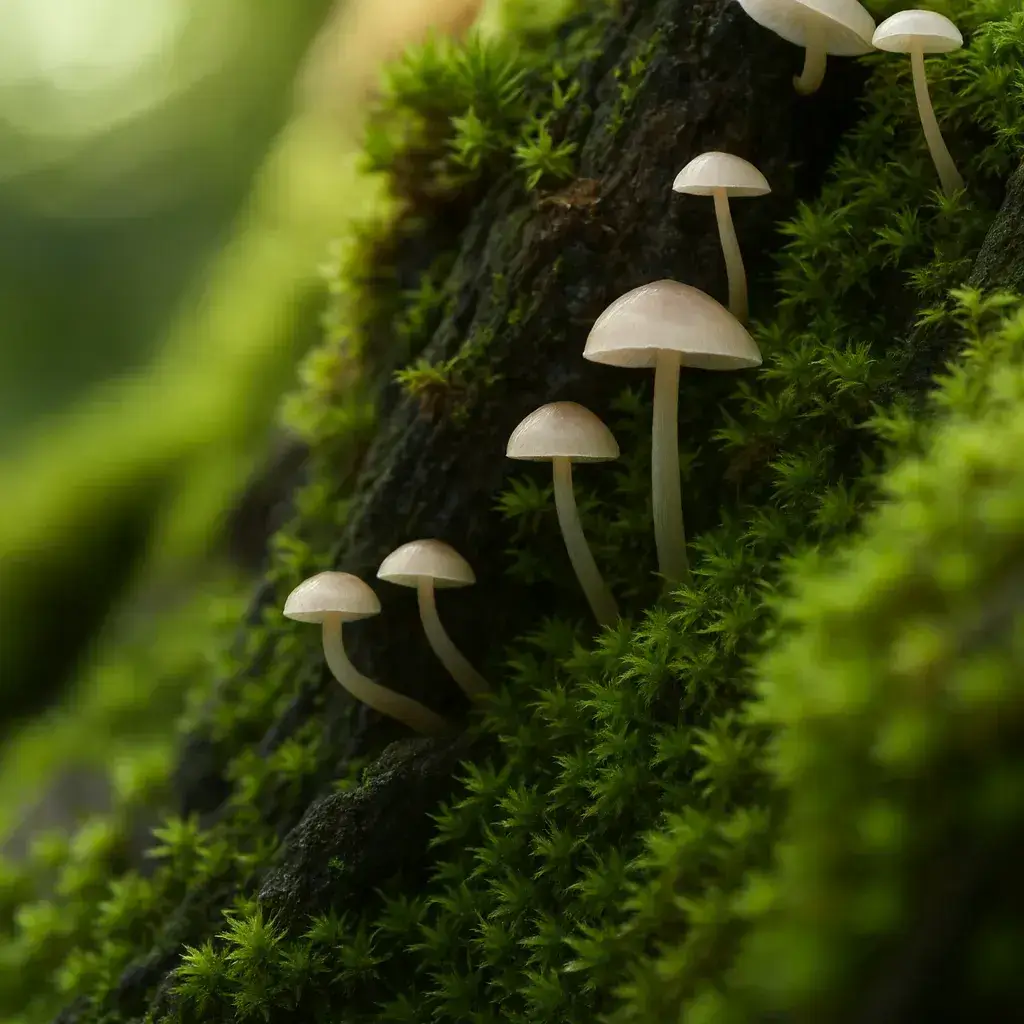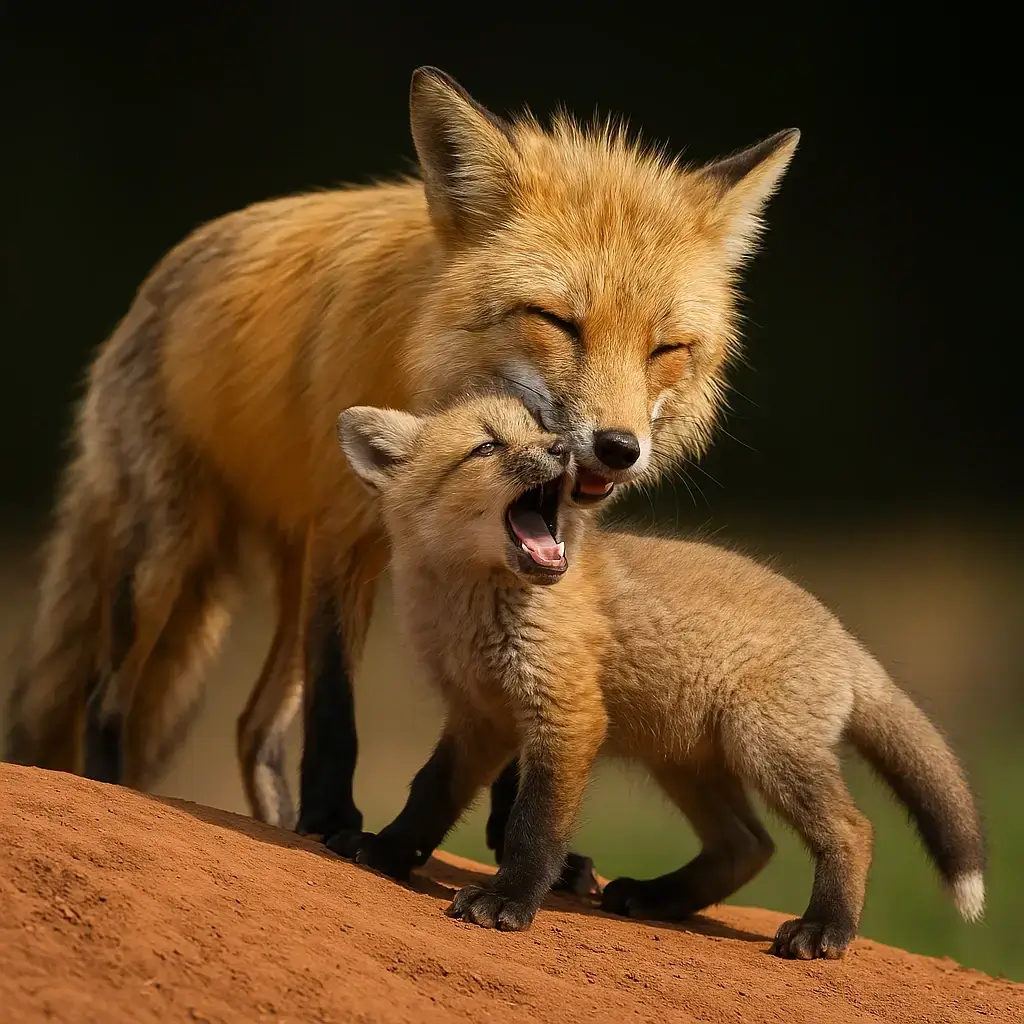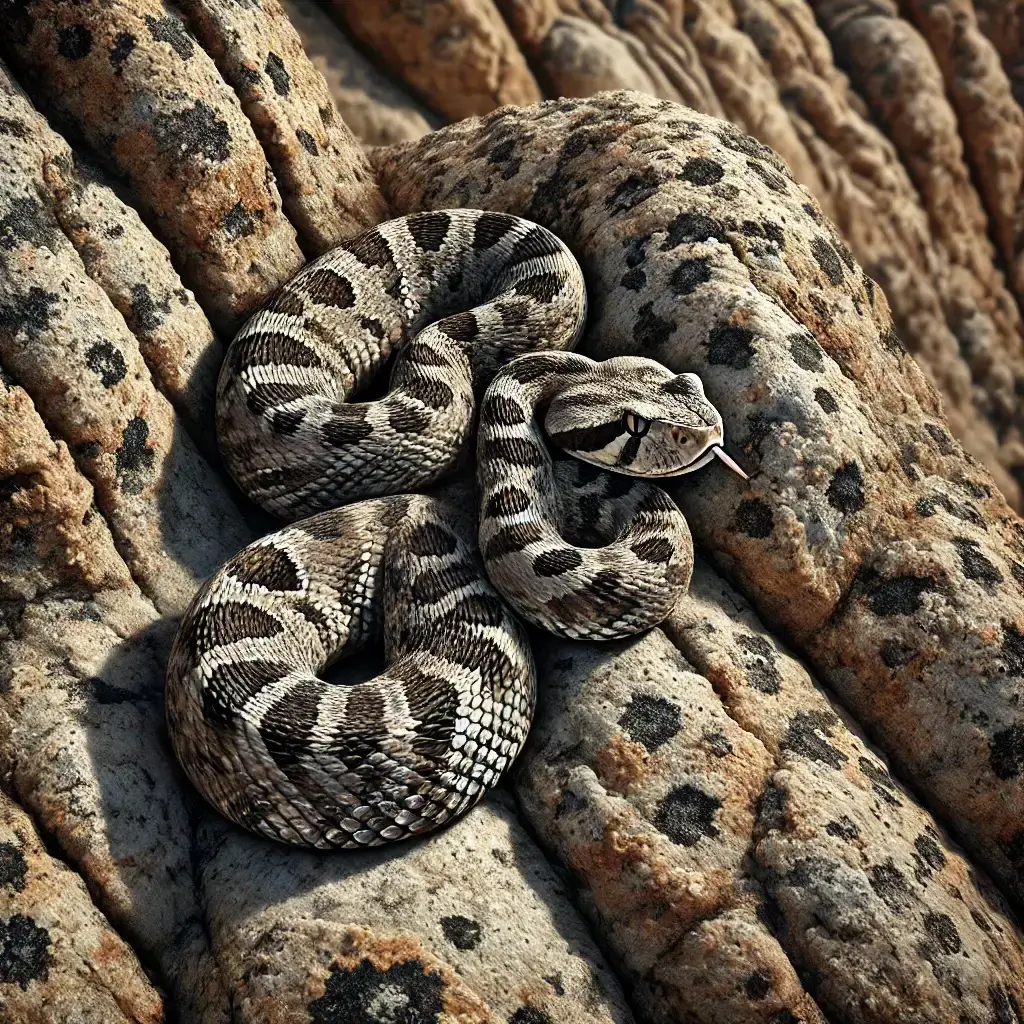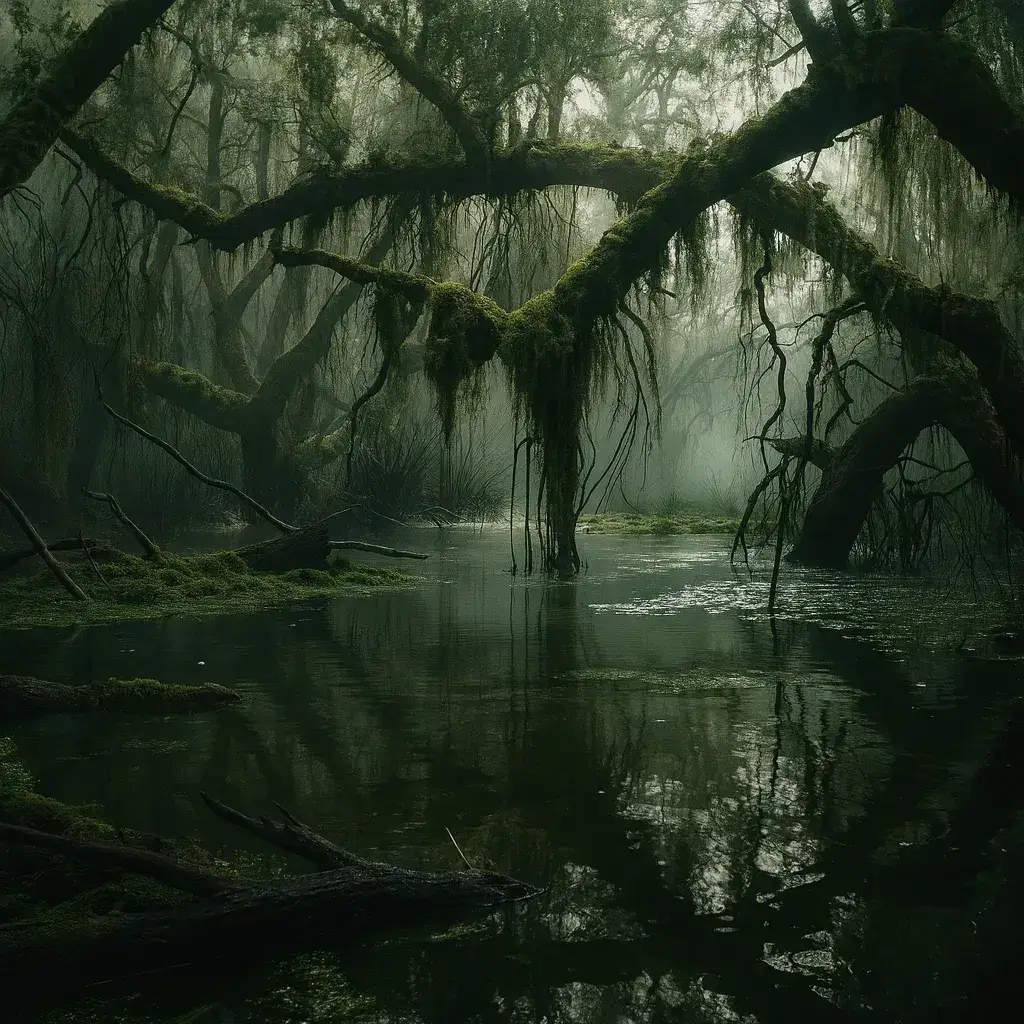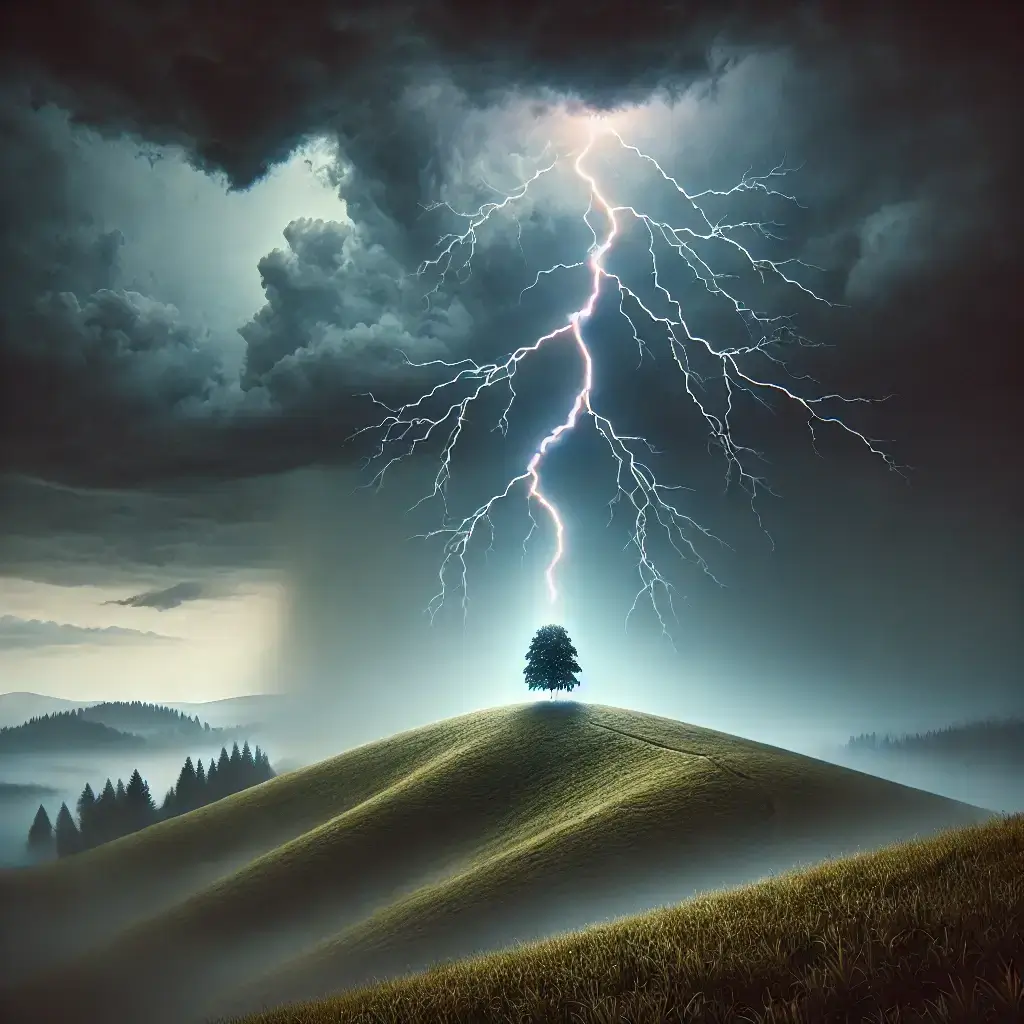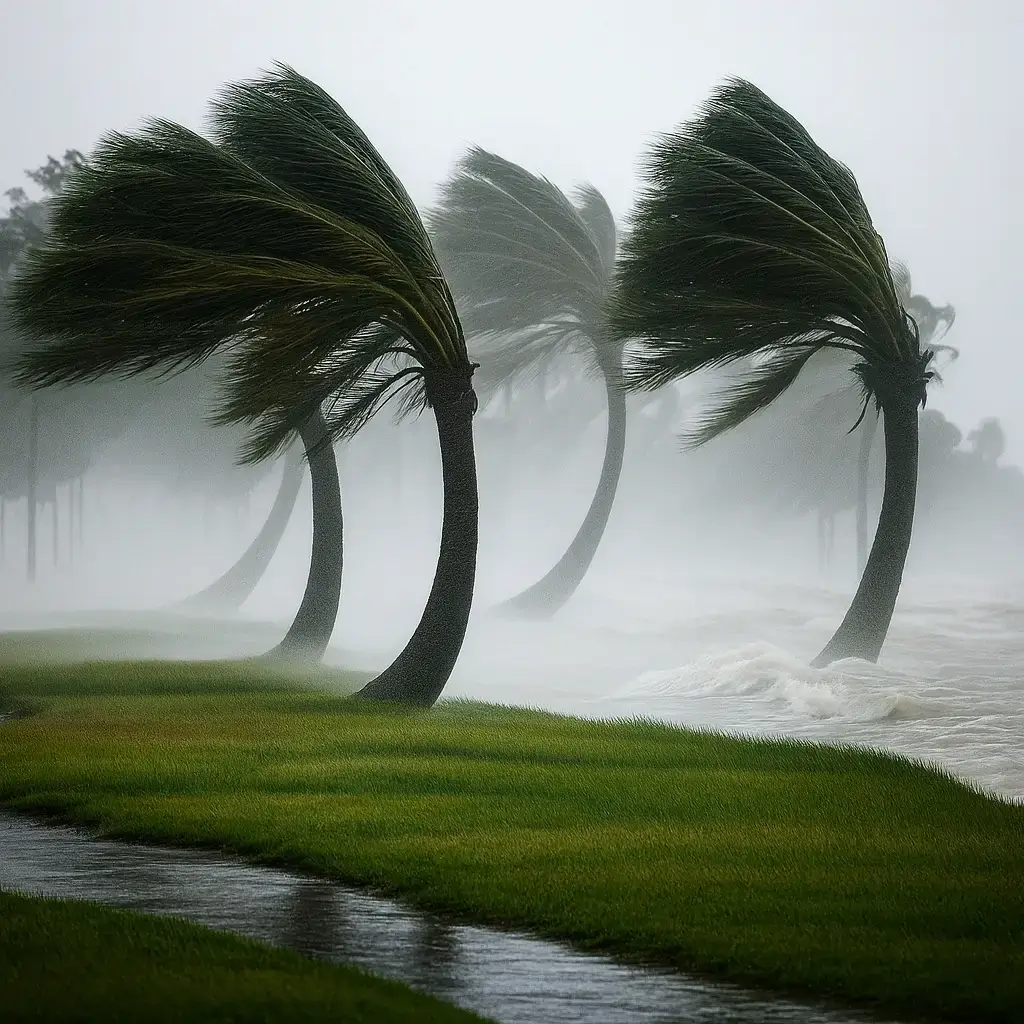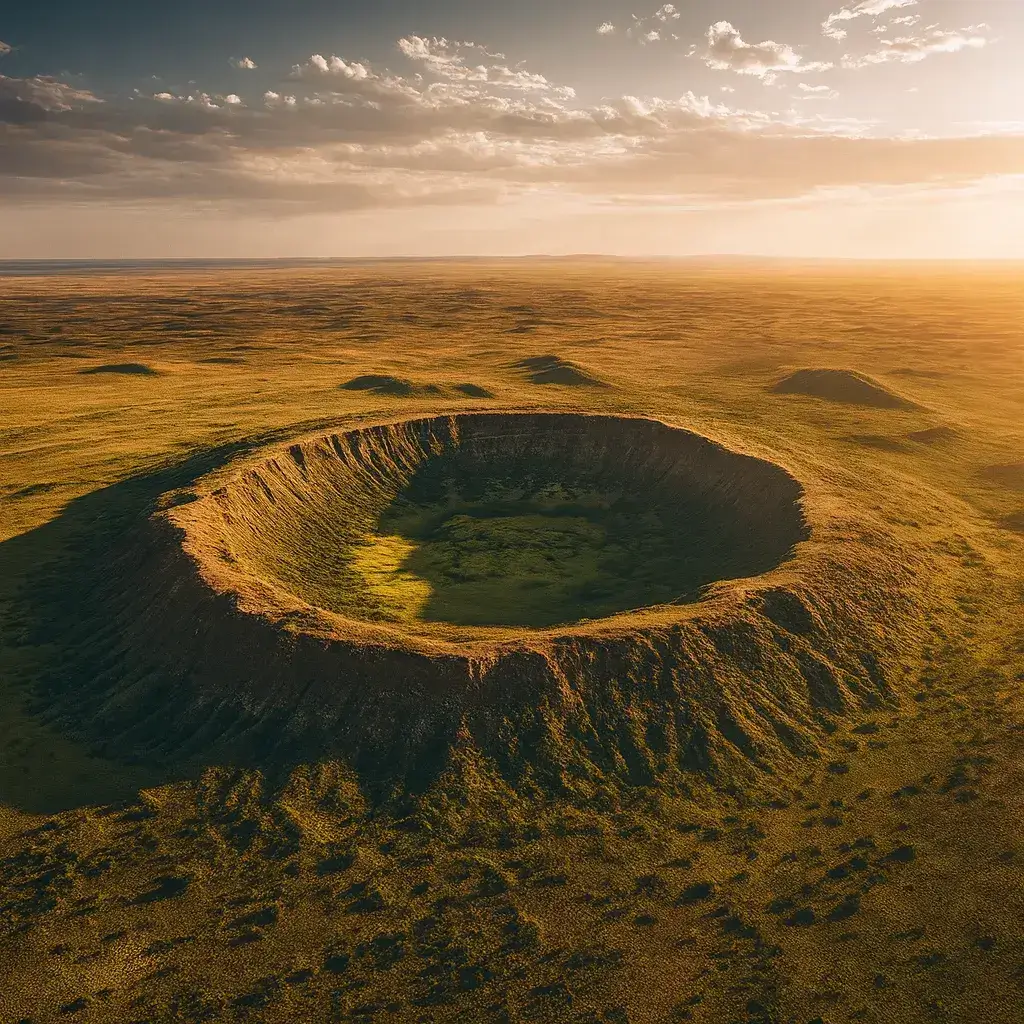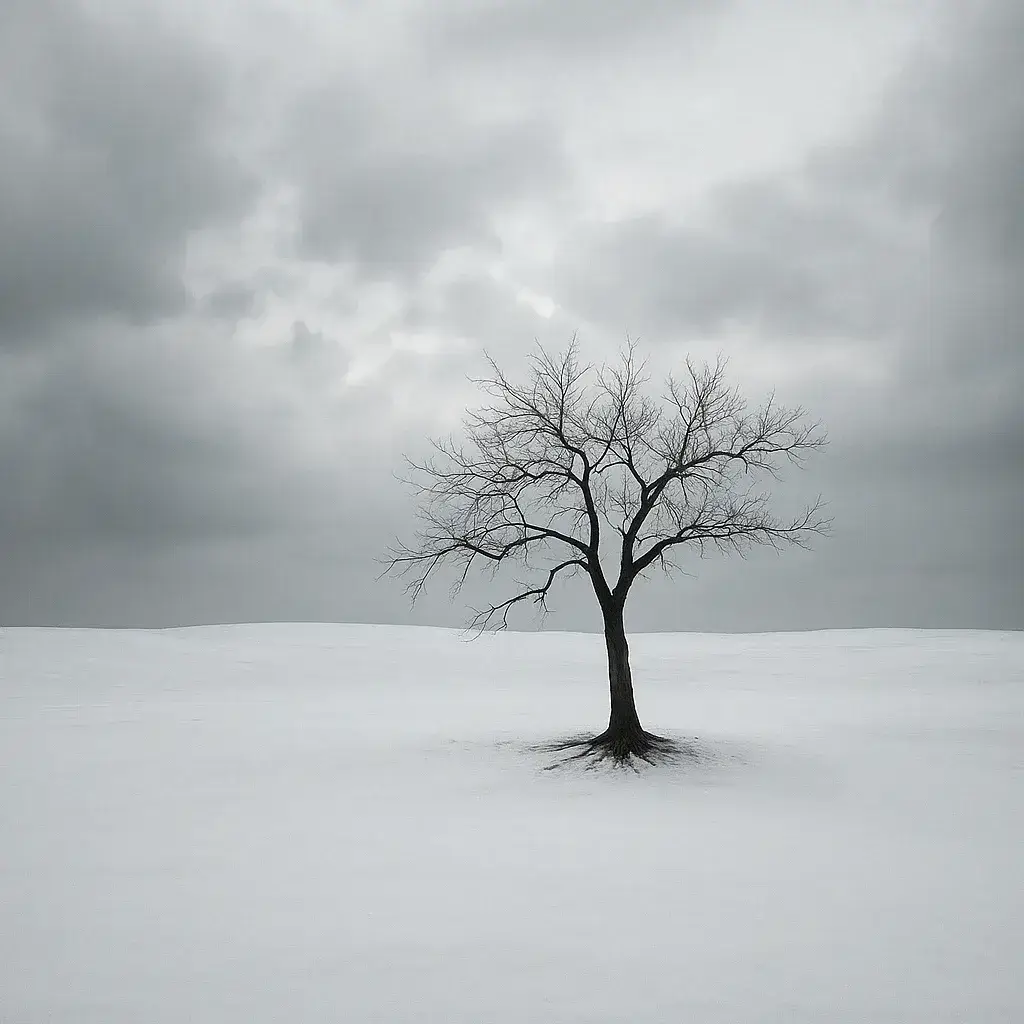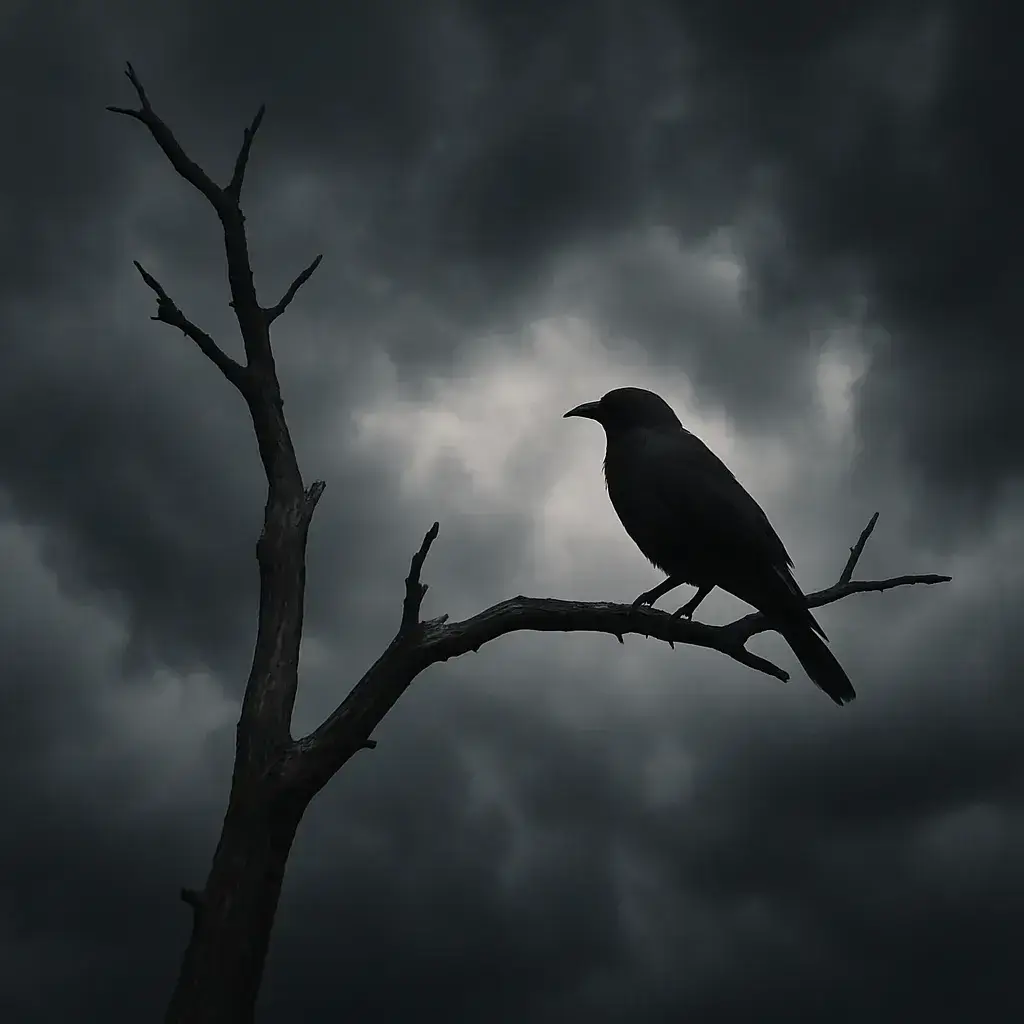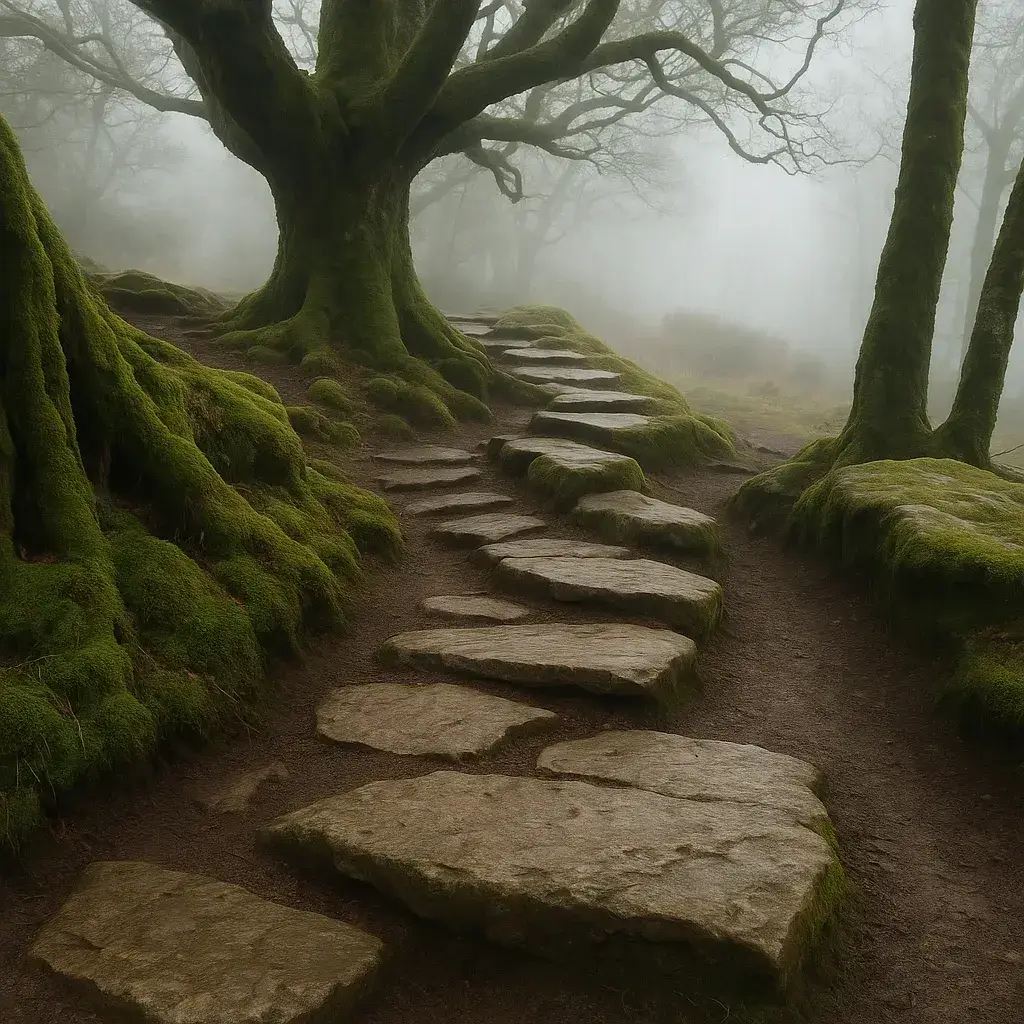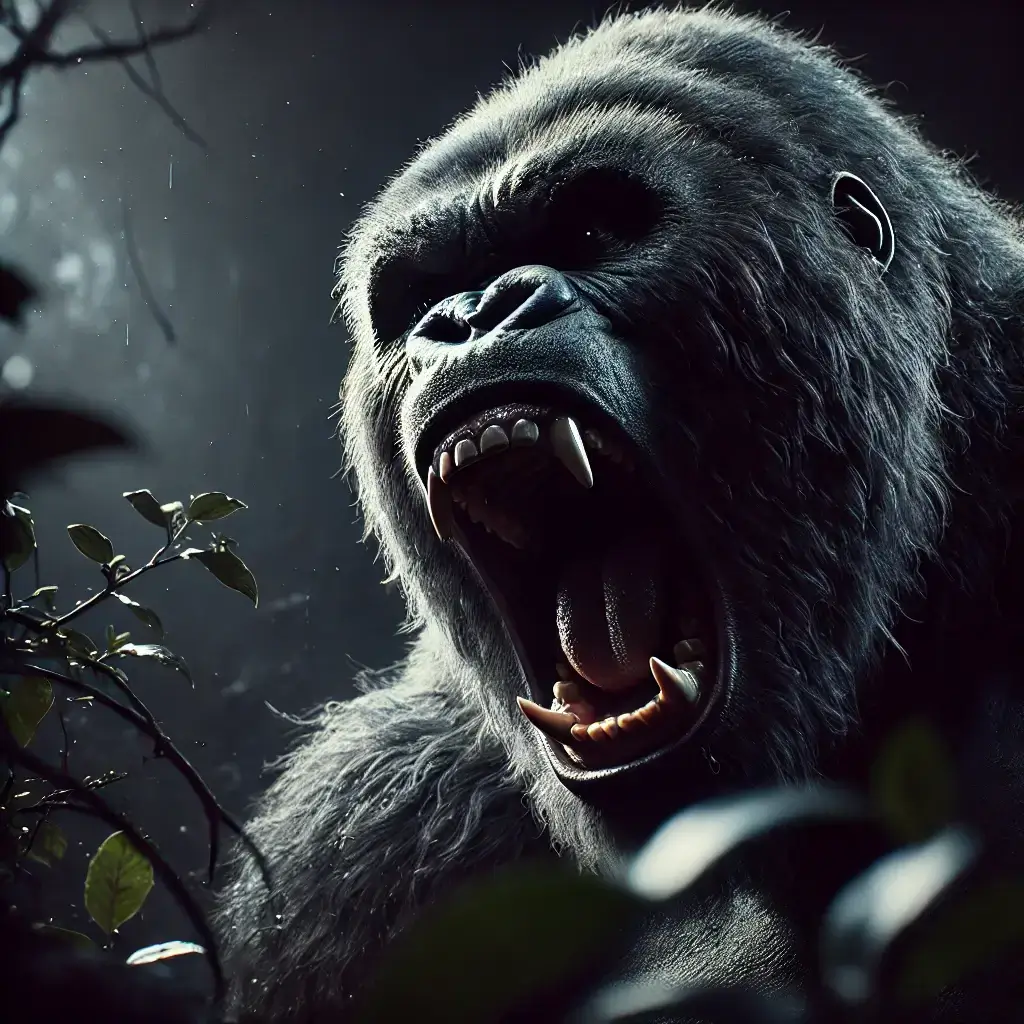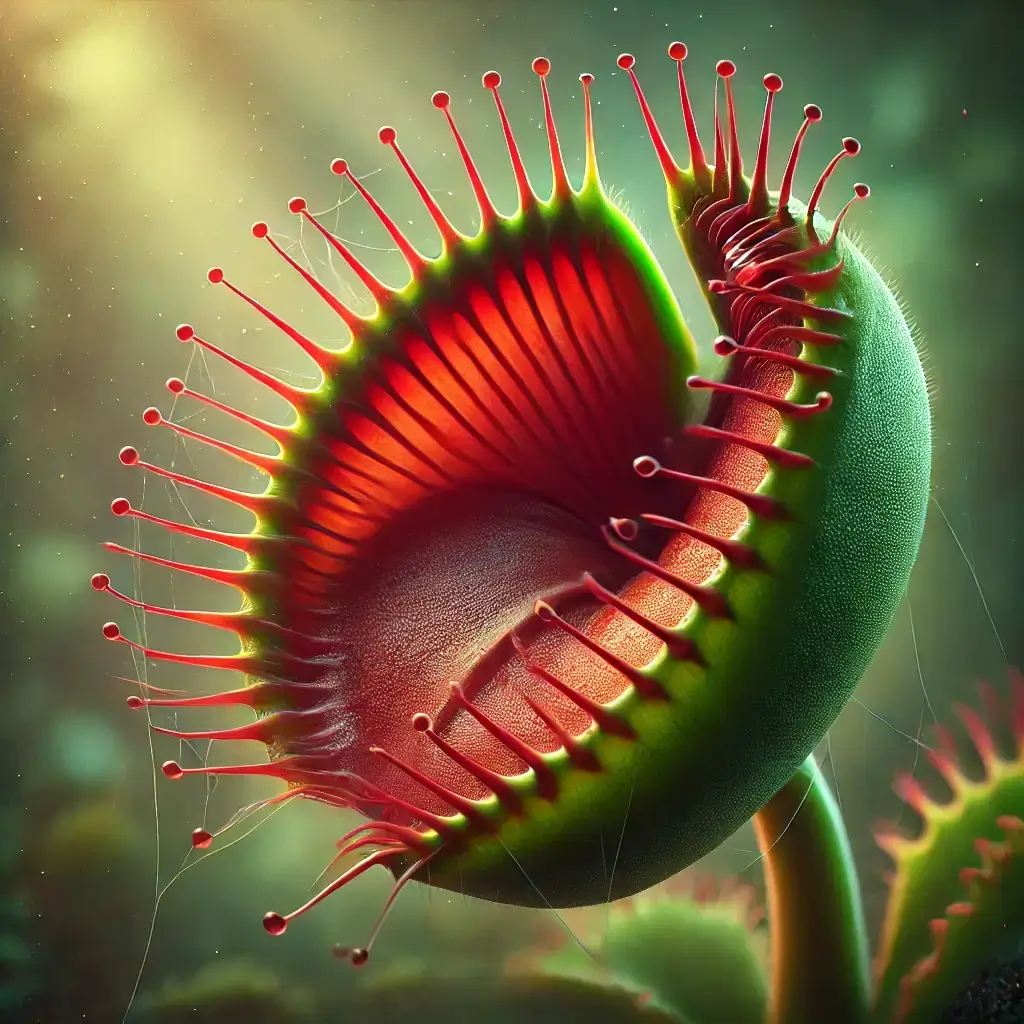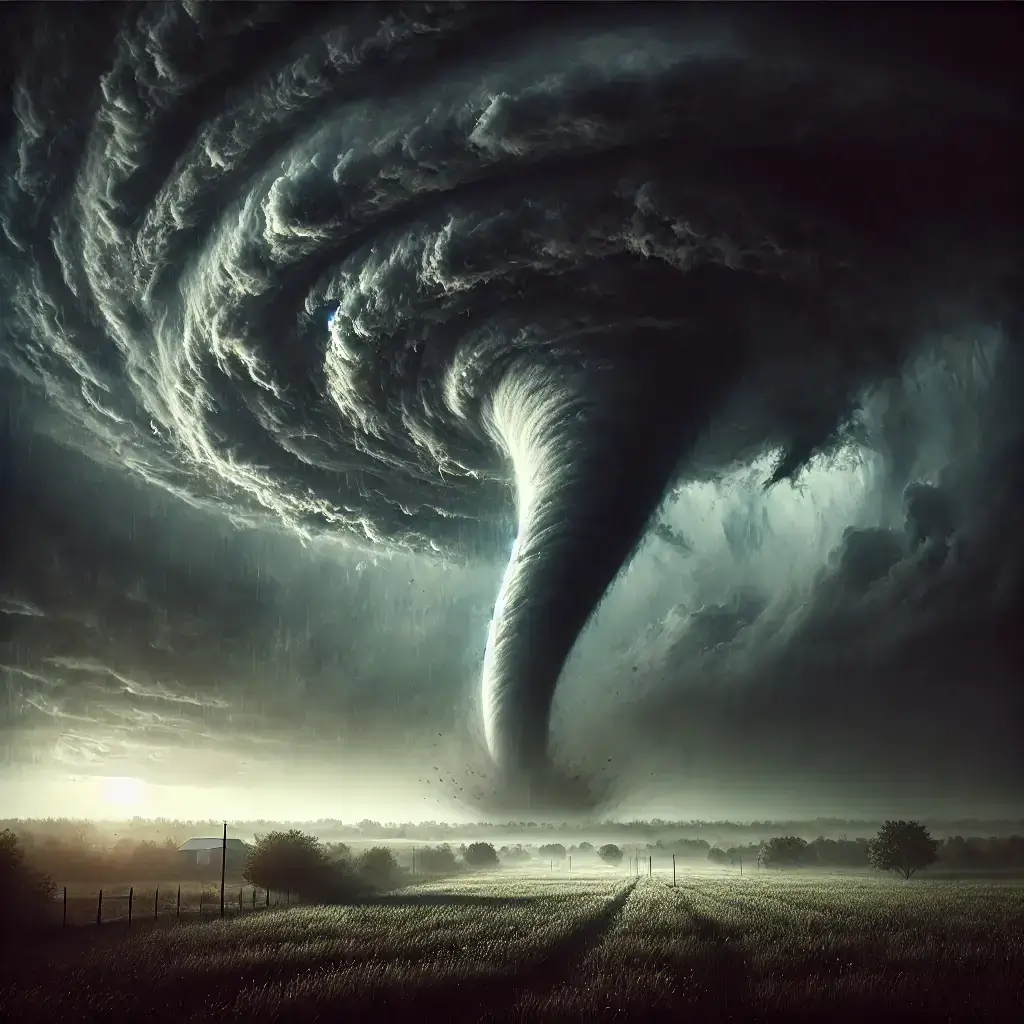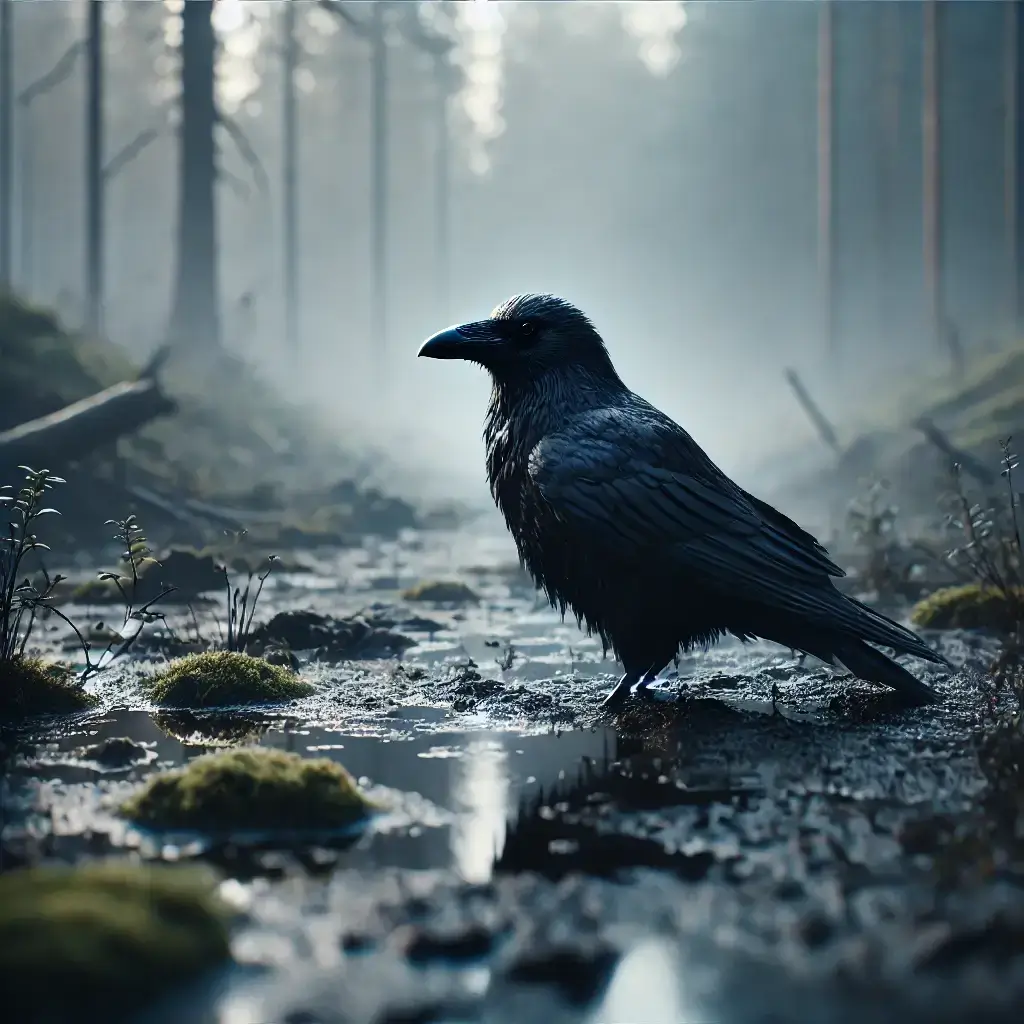Understanding Trauma
Where we name the wounds.
Childhood complex trauma isn’t always obvious. It can come from unmet needs, subtle family dynamics, or ongoing stress, not just overt abuse. This section helps you understand how early experiences shape your emotions, health, and relationships as an adult. By learning to recognize these patterns, you gain the first tools for making sense of your life story—and for beginning to change it.
Featured Resources
Most people don’t realize they’ve been shaped by trauma. You might think, “I wasn’t abused. Nothing terrible happened. My childhood wasn’t perfect, but whose was?”
But trauma isn’t only about what happened to you. It’s also about what didn’t. The safety you didn’t have. The love and stability that weren’t there. The times you needed comfort but met silence. The times you were overwhelmed but had to handle it alone.
Your body doesn’t forget those experiences. It adapts. It carries them forward — shaping how you feel, how you relate, and how you live.
Key Themes
Childhood trauma can have hidden effects. These key themes reveal its concealed presence in your past, body, and adulthood.
Hidden Trauma
After hearing “childhood trauma,” most people think of abuse, neglect, and violence. Covert trauma is often overlooked. Being raised in an emotionally unstable home with unwritten restrictions to keep tiny or silent made love seem conditional. These subtle dynamics can leave permanent marks without visible scars.
Body & Nervous System
Trauma isn’t just in your head — it’s in your body. Survival patterns like fight, flight, freeze, and fawn are more than habits; they’re nervous system states. If those patterns never shifted, they may still run your life today — shaping how you react under stress, how you connect with others, and how you take care of yourself.
Long-Term Effects
You don’t simply “grow out of” childhood trauma. Its echoes show up in adulthood as chronic health issues, anxiety, relationship struggles, addictions, or a lingering emptiness. These aren’t random weaknesses — they’re the long shadow of what you lived through. Seeing this connection is the first step toward change.
Why This Matters
Understanding trauma isn’t about dwelling on the past — it’s about making sense of the present. Your struggles aren’t proof that you’re broken; they’re evidence of what you survived. When you see the link between childhood experiences and adult challenges, self-blame starts to loosen. And with that shift comes the possibility of change.
You don’t have to erase your past to heal. You just need to understand how it lives in you now — and take the first steps toward changing that story.
Where to Go from Here
This section of the site is here to guide you step by step. Each subcategory opens a different doorway into understanding childhood complex trauma (CCT). You can explore these in any order. Start where your curiosity or your pain points take you.
CCT Basics
What trauma really means, how it develops, and the difference between stress, trauma, and resilience.
Causes of CCT
How unmet needs, dysfunctional parenting, and cultural pressures shape early development.
Impacts of CCT
How early adversity leaves long-term imprints on regulation, relationships, identity, and health.
Survival Strategies
The coping patterns children develop—like avoidance, people-pleasing, or perfectionism—that often follow into adulthood.
Barriers to Healing
Denial, shame, fear of change, and other roadblocks that can make recovery more difficult.
Trauma Assessment Tools
Reflection prompts, checklists, and self-inquiry tools for tracking your healing progress.
East-West Trauma Perspectives
How Western models and Daoist views complement each other—linking nervous system science with organ–spirit and energy patterns.
Sign Up for the DOTT Newsletter
Sign up to receive transformational content in your inbox every month.
